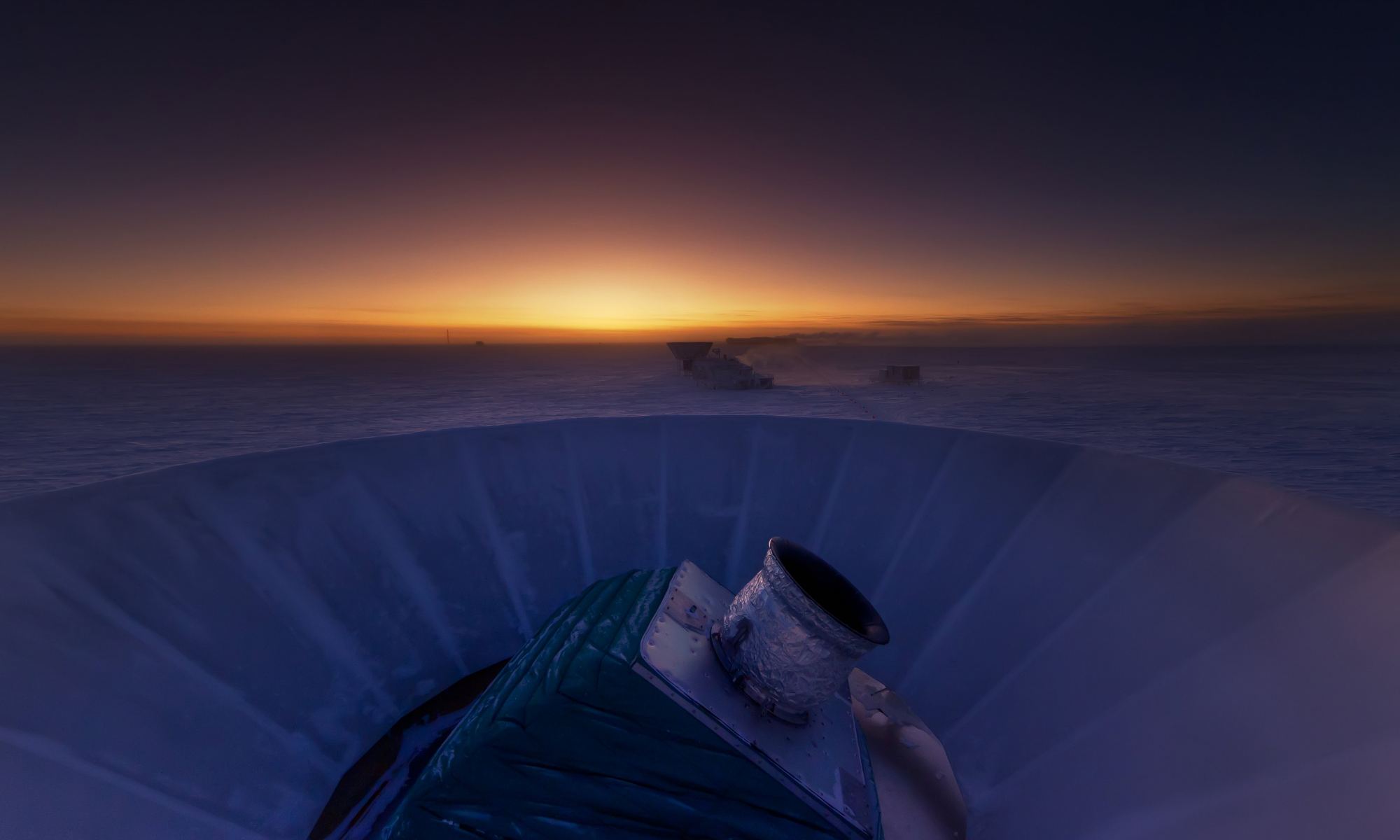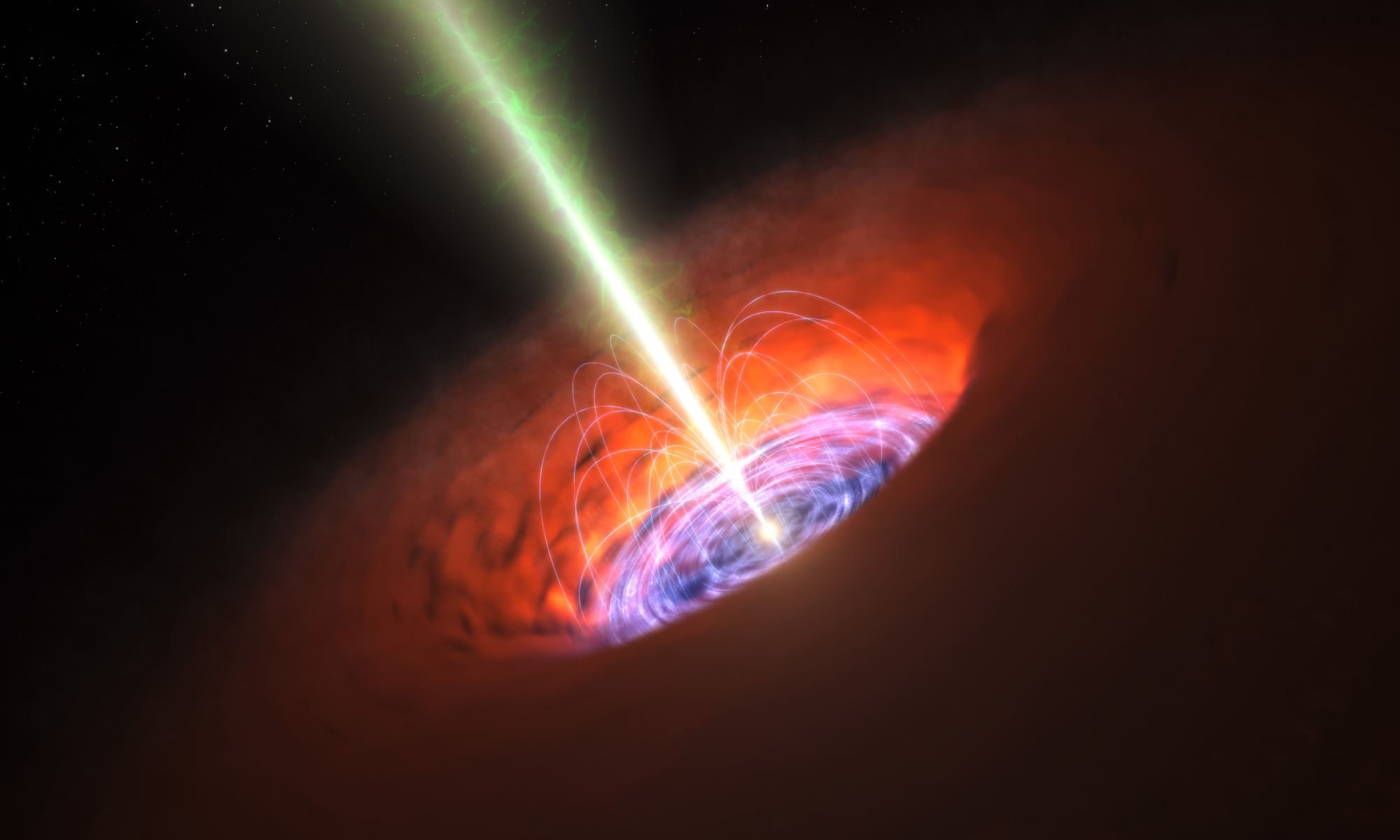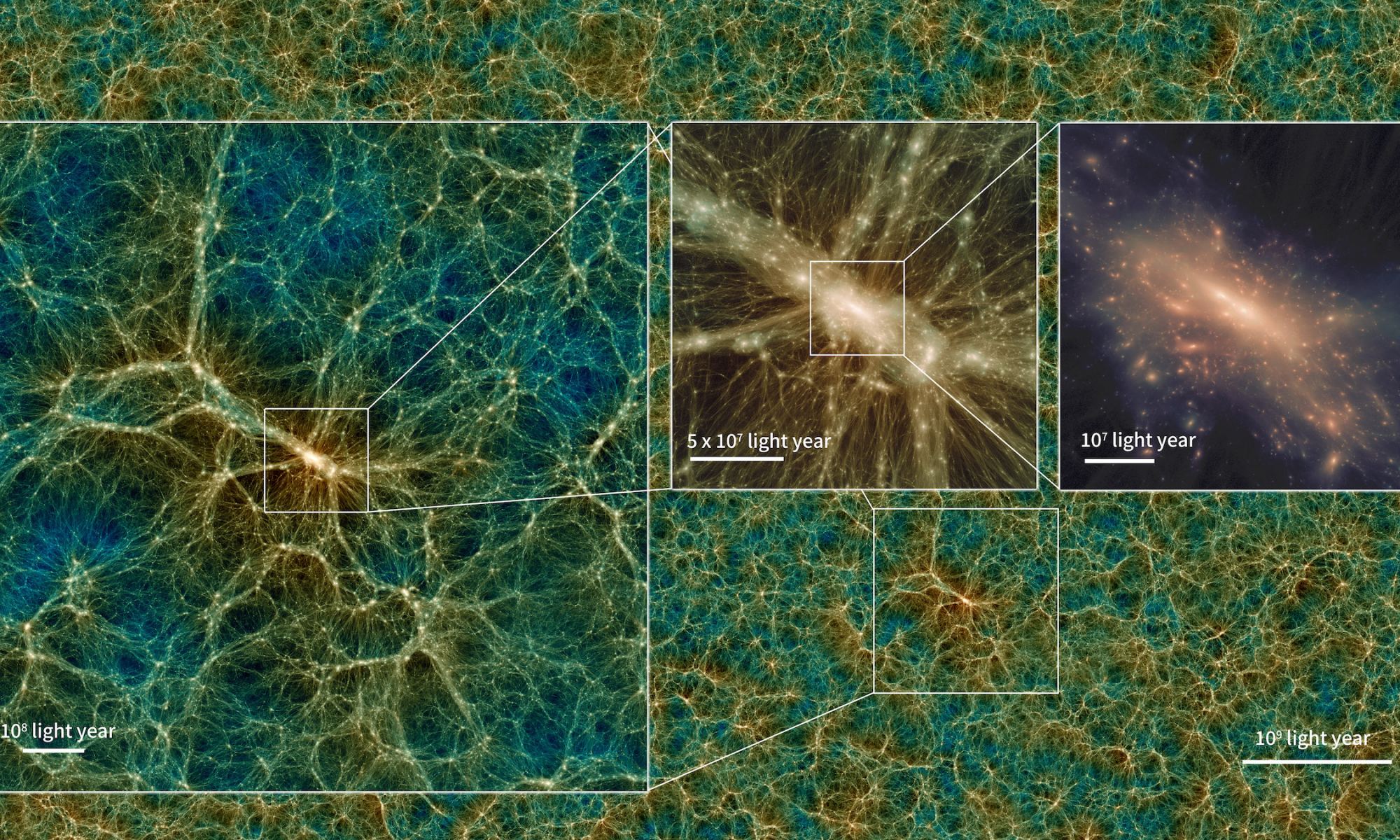We don’t know what dark matter is. We do know the characteristics of dark matter, and much of how it behaves, so we know what physical properties dark matter must have, but no known matter has all the necessary characteristics of dark matter. So we’re stumped.
Continue reading “Experiment Finds no Sign of Sterile Neutrinos”Moons are Planets too
What makes a planet a planet? The answer turns out to be rather contentious. The official definition of a planet, as defined by the International Astronomical Union (IAU) is that a planet must satisfy three conditions:
- It must orbit the Sun.
- It must be in hydrostatic equilibrium.
- It must have cleared its orbital neighborhood.
By this definition there are just eight planets in our solar system, most notably excluding Pluto. This has stirred all manner of controversy, even among astronomers. Several alternative definitions have been proposed, but a new study argues we should look to history for the solution.
Continue reading “Moons are Planets too”Primordial Gravitational Waves Continue to Elude Astronomers
The standard model of cosmology is a remarkably powerful and accurate description of the universe, tracing its evolution from the big bang to its current state, but it is not without mysteries. One of the biggest unsolved questions of the standard model is known as early cosmic inflation.
Continue reading “Primordial Gravitational Waves Continue to Elude Astronomers”Future Telescopes Could be Seeing the Wrong Planets

We have discovered thousands of exoplanets in recent years, including some that are Earth-sized and potentially habitable. But we haven’t seen many of those worlds. Most of the exoplanets we’ve found have been discovered using the transit method, which involves watching the brightness of a star dip as a planet passes in front of it. We can learn the size and sometimes the mass from these dips, but we have no idea what the world looks like, or whether it has a breathable atmosphere.
Continue reading “Future Telescopes Could be Seeing the Wrong Planets”Aging White Dwarfs Become Even More Magnetic

In a few billion years the Sun will end its life as a white dwarf. As the Sun runs out of hydrogen to fuse for energy it will collapse under its own weight. Gravity will compress the Sun until it’s roughly the size of Earth, at which point a bit of quantum physics will kick in. Electrons from the Sun’s atoms will push back against gravity, creating what is known as degeneracy pressure. Once a star reaches this state it will cool over time, and the once brilliant star will eventually fade into the dark.
Continue reading “Aging White Dwarfs Become Even More Magnetic”Astronomers Find a Giant Cavity in Space, Hollowed out by an Ancient Supernova

Star formation is a topic astronomers are still trying to fully understand. We know, for example, that stars don’t form individually, but rather are born within vast interstellar molecular clouds. These stellar nurseries contain gas dense enough for gravity to trigger the formation of stars. In spiral galaxies, these molecular clouds are most commonly found within spiral arms, which is why stars are most often born in spiral arms.
Continue reading “Astronomers Find a Giant Cavity in Space, Hollowed out by an Ancient Supernova”Finally an Answer to why Gamma Rays are Coming From Seemingly Empty Space
Gamma rays strike Earth from all directions of the sky. Our planet is bathed in a diffuse glow of high-energy photons. It doesn’t affect us much, and we don’t really notice it, because our atmosphere is very good at absorbing gamma rays. It’s so good that we didn’t notice cosmic gamma rays until the 1960s when gamma-ray detectors were launched into space to look for signs of atomic weapons tests. Even then, what we noticed were intense flashes of gamma rays known as gamma ray bursts.
Continue reading “Finally an Answer to why Gamma Rays are Coming From Seemingly Empty Space”We Knew Black Holes Have a Temperature. It Turns out They Also Have a Pressure
In the classical theory of general relativity, black holes are relatively simple objects. They can be described by just three properties: mass, charge, and rotation. But we know that general relativity is an incomplete theory. Quantum mechanics is most apparent in the behavior of tiny objects, but it also plays a role in large objects such as black holes. To describe black holes at a quantum level, we need a theory of quantum gravity. We don’t have a complete theory yet, but what know so far is that quantum mechanics makes black holes more complex, giving them properties such as temperature and perhaps even pressure.
Continue reading “We Knew Black Holes Have a Temperature. It Turns out They Also Have a Pressure”Researchers Generate an Entire Virtual Universe and Make it Available for Download (if you Have 100 Terabytes of Free Hard Drive Space)
Astronomy is a bit different from many sciences because you only have a sample size of 1. The cosmos contains everything we can observe, so astronomers can’t study multiple universes to see how our universe ticks. But they can create computer simulations of our universe. By tweaking different aspects of their simulation, astronomers can see how things such as dark matter and dark energy play a role in our universe. Now, if you are willing to spring for a fancy hard drive, you can keep one of these simulations in your pocket.
Continue reading “Researchers Generate an Entire Virtual Universe and Make it Available for Download (if you Have 100 Terabytes of Free Hard Drive Space)”Heavier Stars Might not Explode as Supernovae, Just Quietly Implode Into Black Holes

A supernova is a brilliant end to a giant star. For a brief moment of cosmic time, a star makes one last effort to keep shining, only to fade and collapse on itself. The end result is either a neutron star or a stellar-mass black hole. We’ve generally thought that all stars above about ten solar masses will end as a supernova, but a new study suggests that isn’t the case.
Continue reading “Heavier Stars Might not Explode as Supernovae, Just Quietly Implode Into Black Holes”





